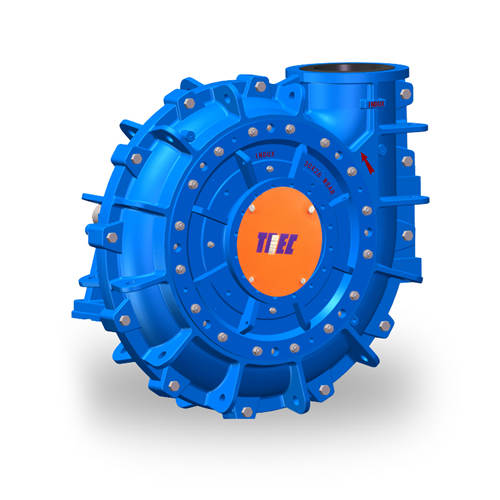Complete Guide to Slurry Pumps: Types, Working, Applications, and Maintenance
In industries where abrasive fluids and solid-laden mixtures need to be transported, slurry pumps play a vital role. From mining and dredging to power plants and steel production, these heavy-duty pumps are designed to handle challenging conditions that ordinary pumps cannot withstand. In this article, we’ll explore what slurry pumps are, their different types, how they work, and why they are essential for modern industrial operations.
What is a slurry pump?
A slurry pump is a type of heavy-duty pump specifically designed to handle abrasive, corrosive, and high-density mixtures of liquids and solids, commonly referred to as slurry. Unlike standard water pumps, slurry pumps are built with robust materials such as high-chrome alloys or rubber linings to resist wear and tear. They are widely used in industries like mining, dredging, steel production, power generation, and chemical processing.
Types of slurry pumps
Slurry pumps are classified based on their design and application needs. The most common types include:
Horizontal slurry pumps – Designed with a horizontal shaft, these pumps are widely used for high-flow applications in mining, power plants, and wastewater treatment.
Vertical slurry pumps – Installed vertically, these pumps save space and are ideal for sumps, pits, and tanks where the slurry level varies.
Submersible slurry pumps – Fully submerged in the slurry, they are effective in dredging, pond cleaning, and underwater mining.
Centrifugal slurry pumps – The most popular type, using centrifugal force to move slurry, suitable for transporting large volumes of solid-laden fluid.
How do slurry pumps work?
Slurry pumps operate using centrifugal force. When the impeller rotates, it transfers energy to the slurry mixture, pushing it outward into the casing and then discharging it through the outlet. The pump’s efficiency depends on factors like impeller design, rotational speed, and the type of slurry being handled. Heavy-duty liners and wear-resistant materials are essential to ensure long-term operation.
Slurry pump vs centrifugal pump
At first glance, slurry pumps and centrifugal pumps may look similar, but their purpose and design differ significantly:
Durability: Slurry pumps are built with wear-resistant materials to handle abrasive slurries, while centrifugal pumps are designed for clean or slightly contaminated liquids.
Performance: Slurry pumps can transport high-density mixtures, whereas centrifugal pumps lose efficiency when handling solids.
Applications: Slurry pumps are preferred in mining, dredging, and industrial processes, while centrifugal pumps are common in water supply, HVAC, and irrigation systems.
Slurry pump applications
Slurry pumps are critical in many industries due to their ability to move abrasive and viscous mixtures. Key applications include:
Mining and mineral processing – transporting ore, tailings, and coal slurry.
Dredging projects – removing sediments and silt from rivers, lakes, and ports.
Power plants – handling fly ash, bottom ash, and other residues.
Steel industry – transporting scale and abrasive fluids during production.
Construction – pumping bentonite, cement slurries, and drilling mud.
Slurry pump maintenance and repair
Proper maintenance extends the life of slurry pumps and reduces downtime. Best practices include:
Regular inspection – Check for impeller wear, liner condition, and casing erosion.
Lubrication – Keep bearings well-lubricated to prevent overheating.
Seal maintenance – Monitor mechanical seals and gland packing to avoid leaks.
Timely part replacement – Replace worn-out impellers, liners, and bearings before failure.
Operational monitoring – Track vibration, temperature, and pressure levels to detect early signs of malfunction.
Conclusion
Slurry pumps are indispensable in industries that require the movement of abrasive, dense, or corrosive fluids. Choosing the right type of slurry pump and ensuring regular maintenance not only improves efficiency but also reduces operational costs and downtime. Whether for mining, dredging, or power generation, Mining pumps remain a critical part of modern industrial systems. By understanding their types, applications, and maintenance needs, businesses can ensure long-lasting and reliable pumping solutions.





